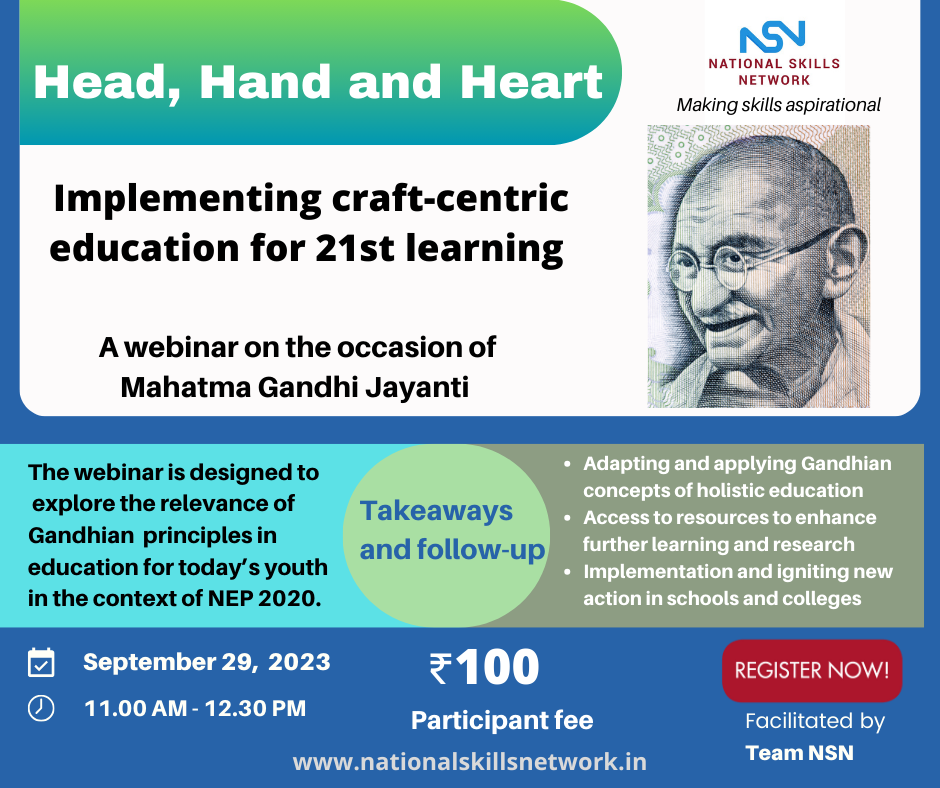
With rapid digital transformation, every industry has embarked on strategic initiatives for talent development. To keep pace with new technologies, hiring skilled professionals is not enough. Today, every industry keenly exploring ways to upskill their employees through innovative programs. In this context, it would be appropriate to say that we need to re-look at the conventional 7Ps of doing business: Product, Promotion, Place, Price, People, Process, and Physical Evidence. Among these, the ‘People’ element—the talent pool—takes center stage in view of future-proofing the business.
Guest Author: Mr. Anand B., Vice President, NTTF
Building a talent pool equipped with the right skills, knowledge and abilities becomes an ongoing process. Let’s consider instances like hiring for critical roles, reshuffling teams for crucial projects, or allocating significant responsibilities among team members. Today, the most desirable candidate for any scenario is the person who has all the necessary skills to cope with what the job demands and non-technical skills to navigate the changes ensuing digital transformation. Even if the industry can find such candidates, it becomes essential for the HR personnel to devise an upskilling plan to cope with dynamic requirements in terms of knowledge and skill gaps.
In this article, we will delve into five essential approaches that the industry can adopt to effectively navigate the wave of digital transformation.
5 Ways industry can embrace digital transformation through talent upskilling and more
Understand the significance of “people”, the talent pool
As any industry prepares for digital transformation, it’s absolutely critical to recognize that their most valuable asset is the people, that form their talent pool. Amidst the whirlwind of changing processes, products, and landscapes, it’s the talent pool that provides the continuity and innovation necessary for success. Talent should be the nucleus around which strategies revolve, enabling the industry to adapt to new paradigms while maintaining a steady hand on the wheel.
Anticipate and address the skill gaps
The first step in preparing for the future is an honest assessment of the existing skill gaps. Industry must rigorously evaluate their workforce’s competencies against the demands of the evolving landscape. Understanding the gap will help organizations design and implement targeted upskilling initiatives. Customized training programs, tailored to address specific gaps, ensure that the workforce remains adaptable and equipped to navigate through the digital transformation.

Prepare dynamic training methodology
Effective upskilling is not just about offering training—it’s about crafting dynamic methodologies that deliver results. Expert trainers play a pivotal role, but the real challenge is measuring the effectiveness of training. Robust assessment mechanisms, a blend of traditional and tech-driven training setups, and a commitment to monitoring progress are essential. This approach not only imparts new skills but also ensures these skills are practically applied for enhanced performance.
Focus on managerial and leadership skills
While mastering technical and digital skills is crucial, it’s only part of the equation. Industry must recognize that the new landscape demands a holistic skill set. Managerial and leadership skills, such as communication, leadership, and adaptability, are the underpinnings of success. Upskilling efforts should extend beyond technical competencies, nurturing a well-rounded workforce capable of effective collaboration, problem-solving, and leading in times of uncertainty.
Leverage competency mapping for holistic growth
In the era of digital transformation, competency mapping isn’t a one-time task; it’s a continuous endeavor. The industry must regularly assess skills and capabilities at all levels of the organization. From the operational workforce to managerial and leadership tiers, a keen understanding of competencies is crucial. This ongoing process empowers organizations to strategically deploy talent, bridge emerging gaps, and ensure alignment between individual capabilities and organizational goals.













